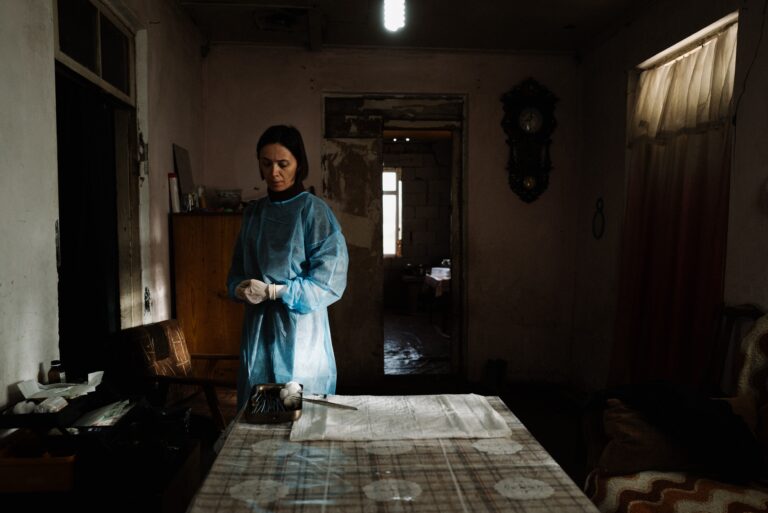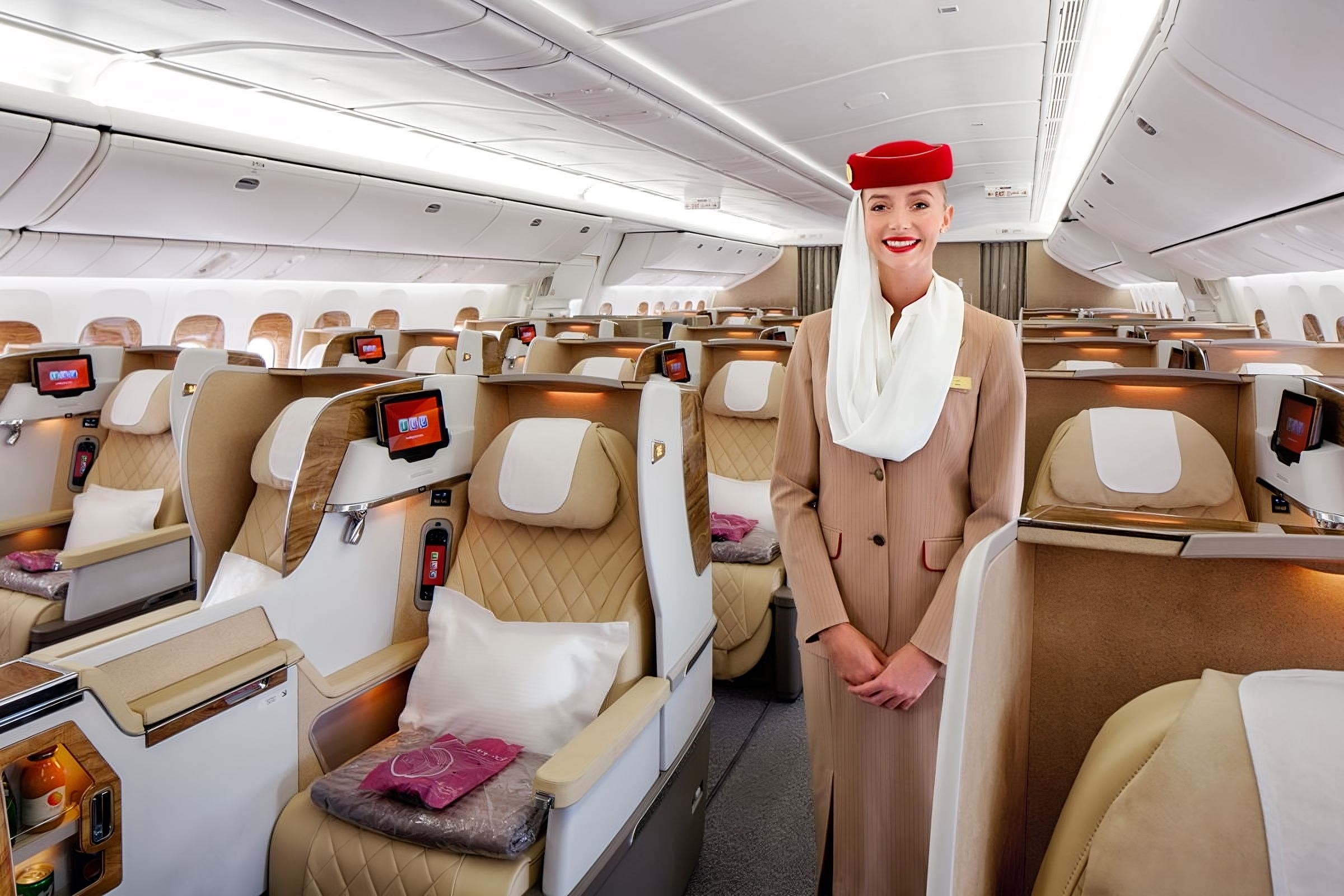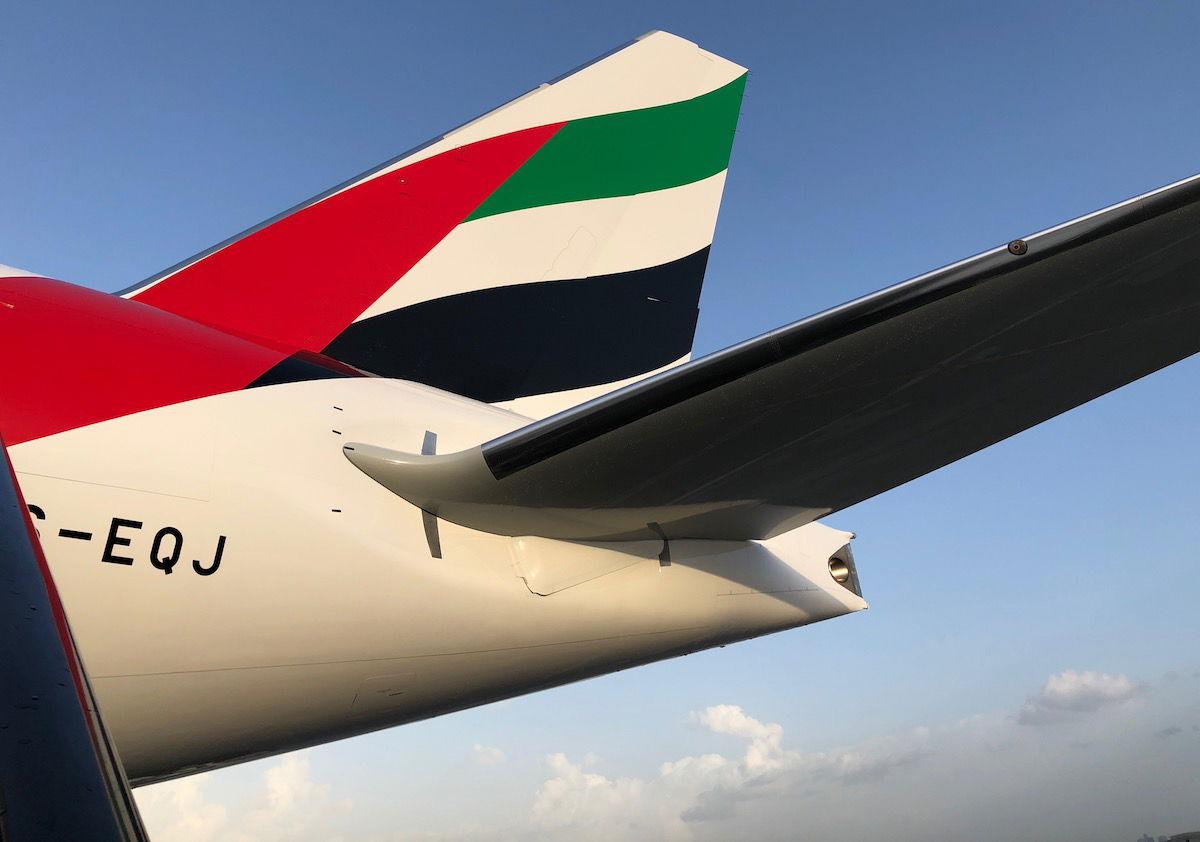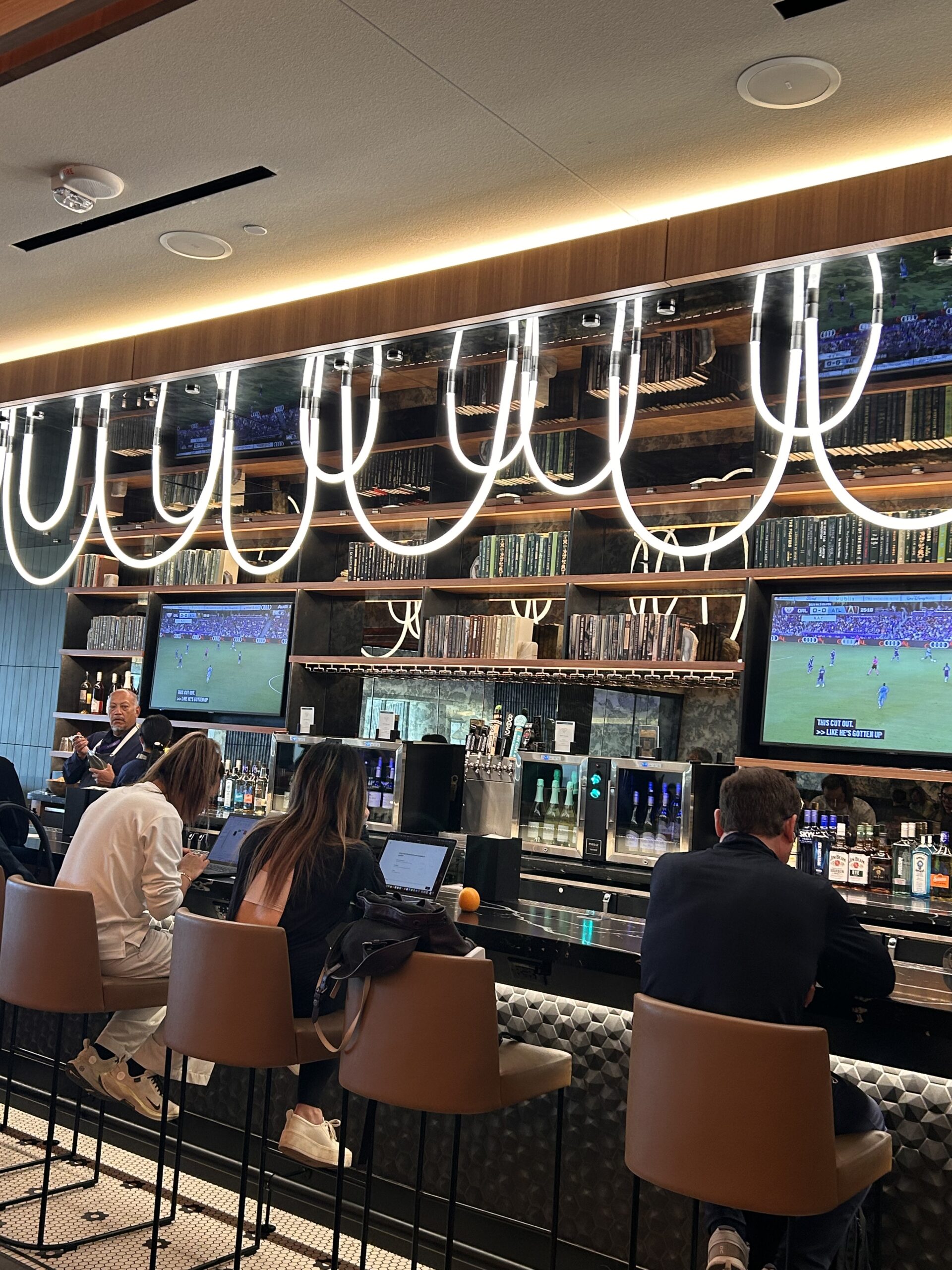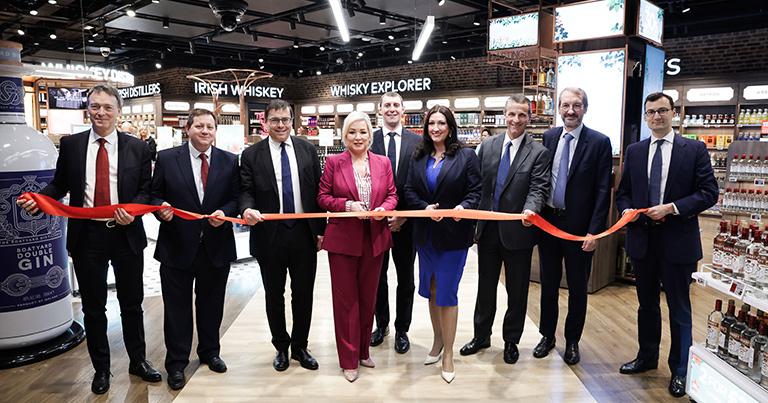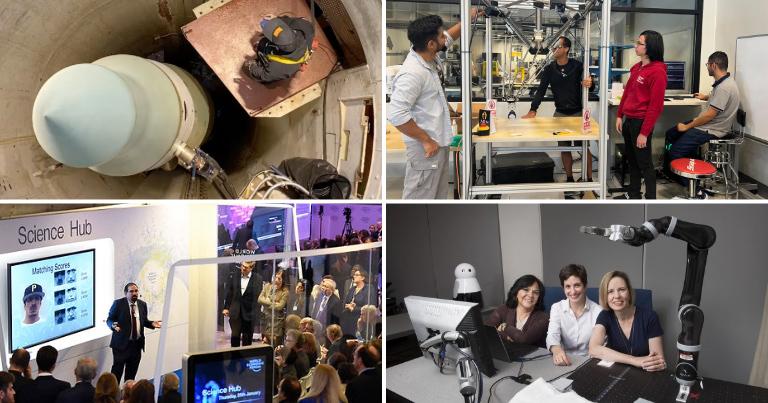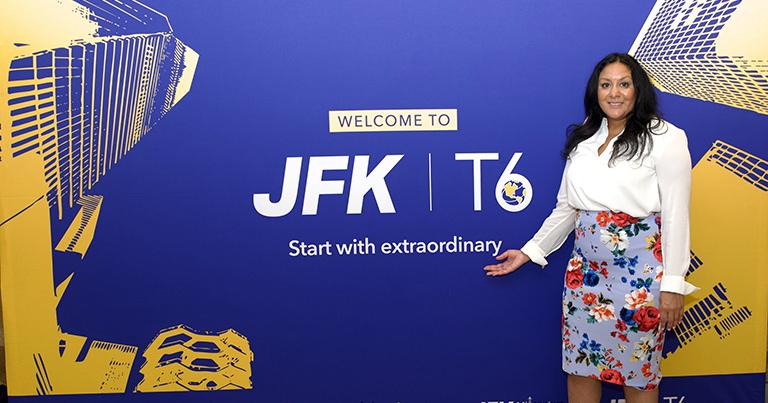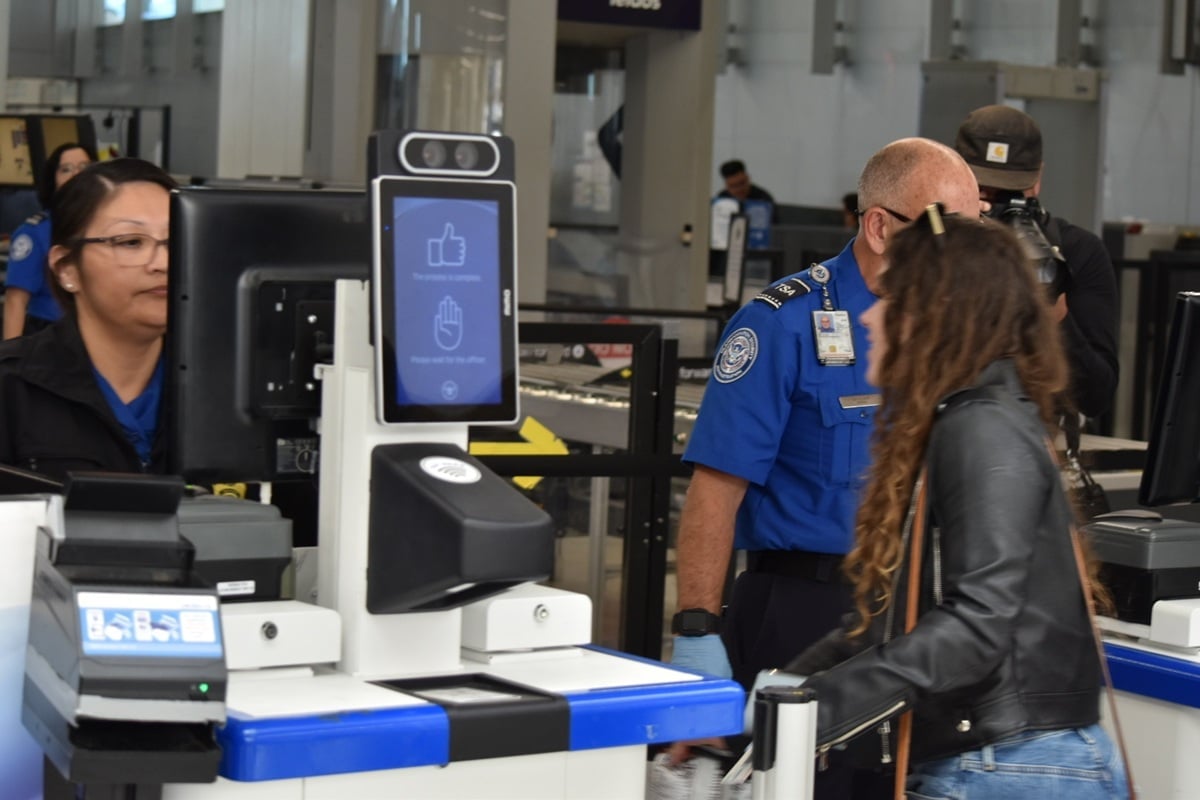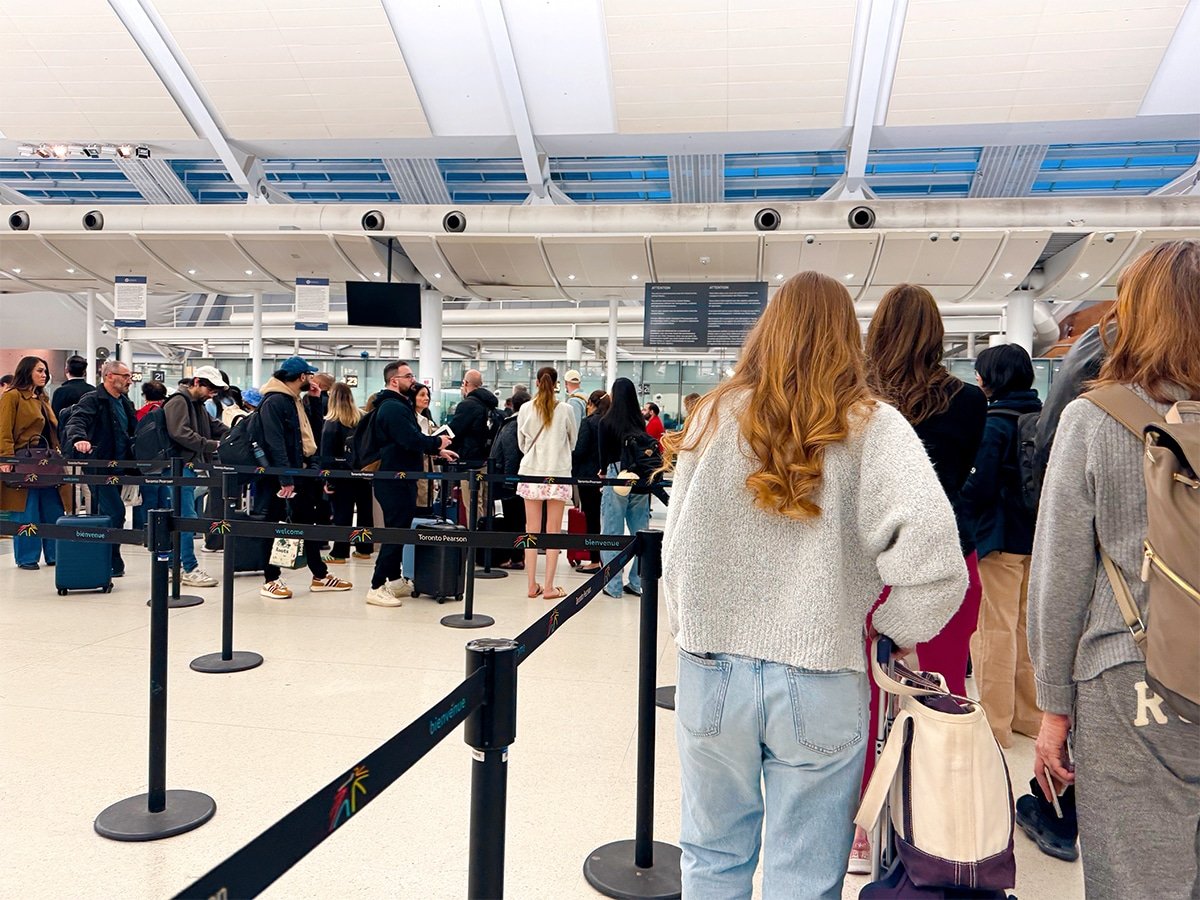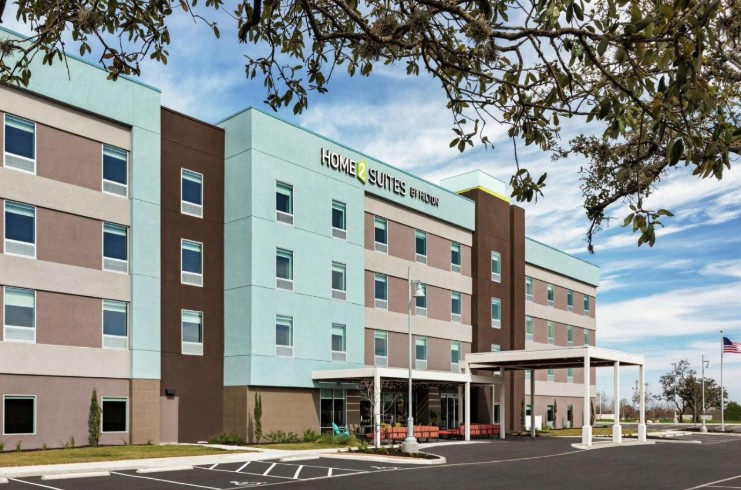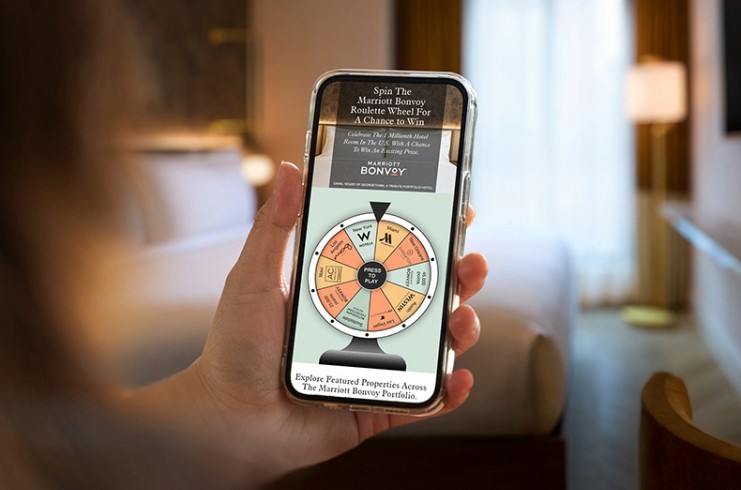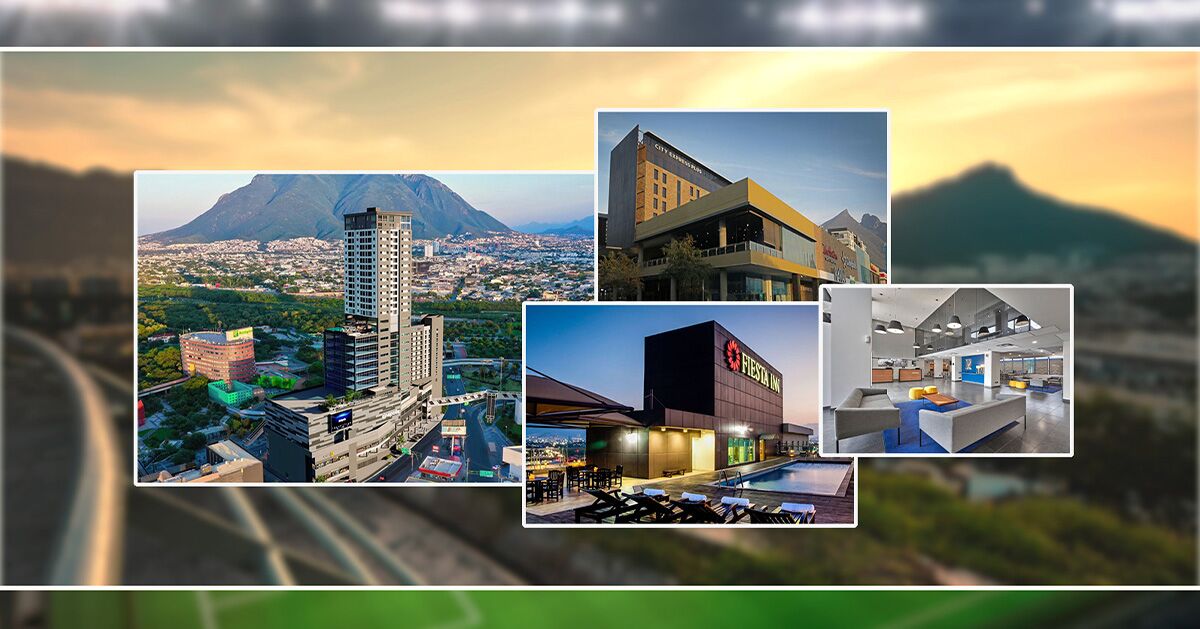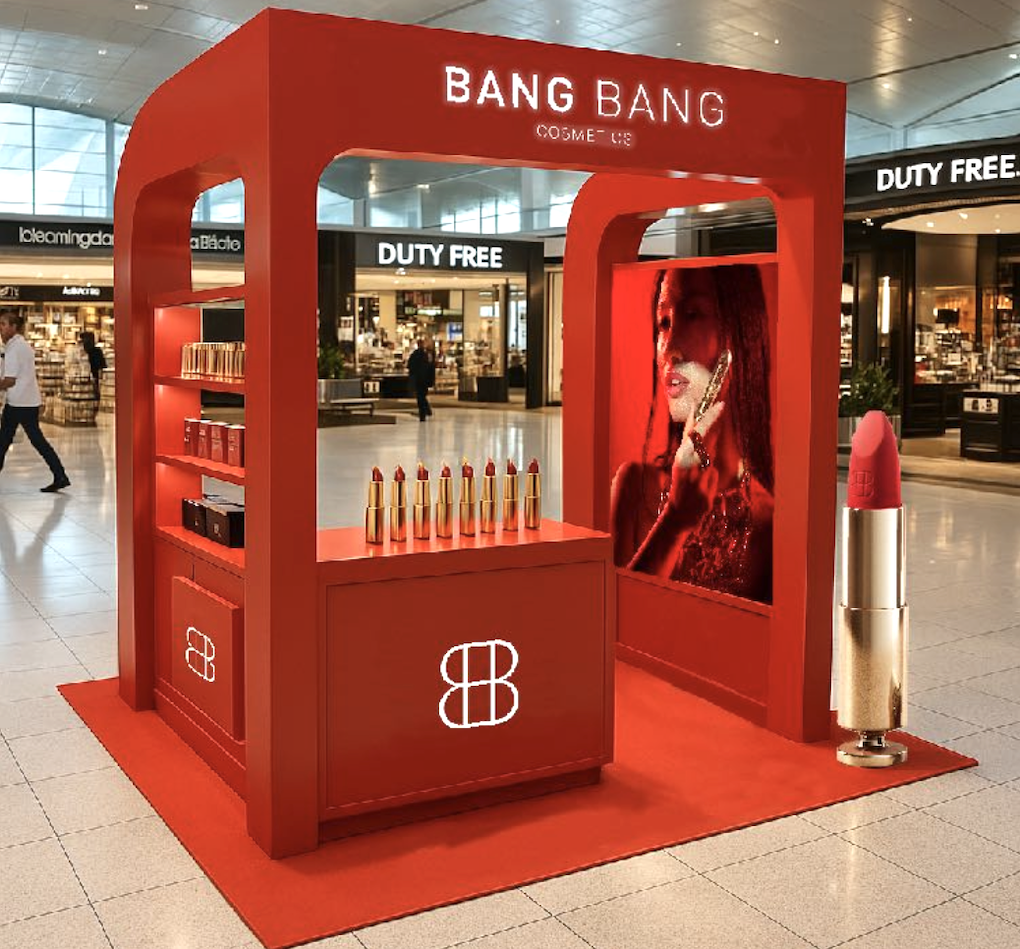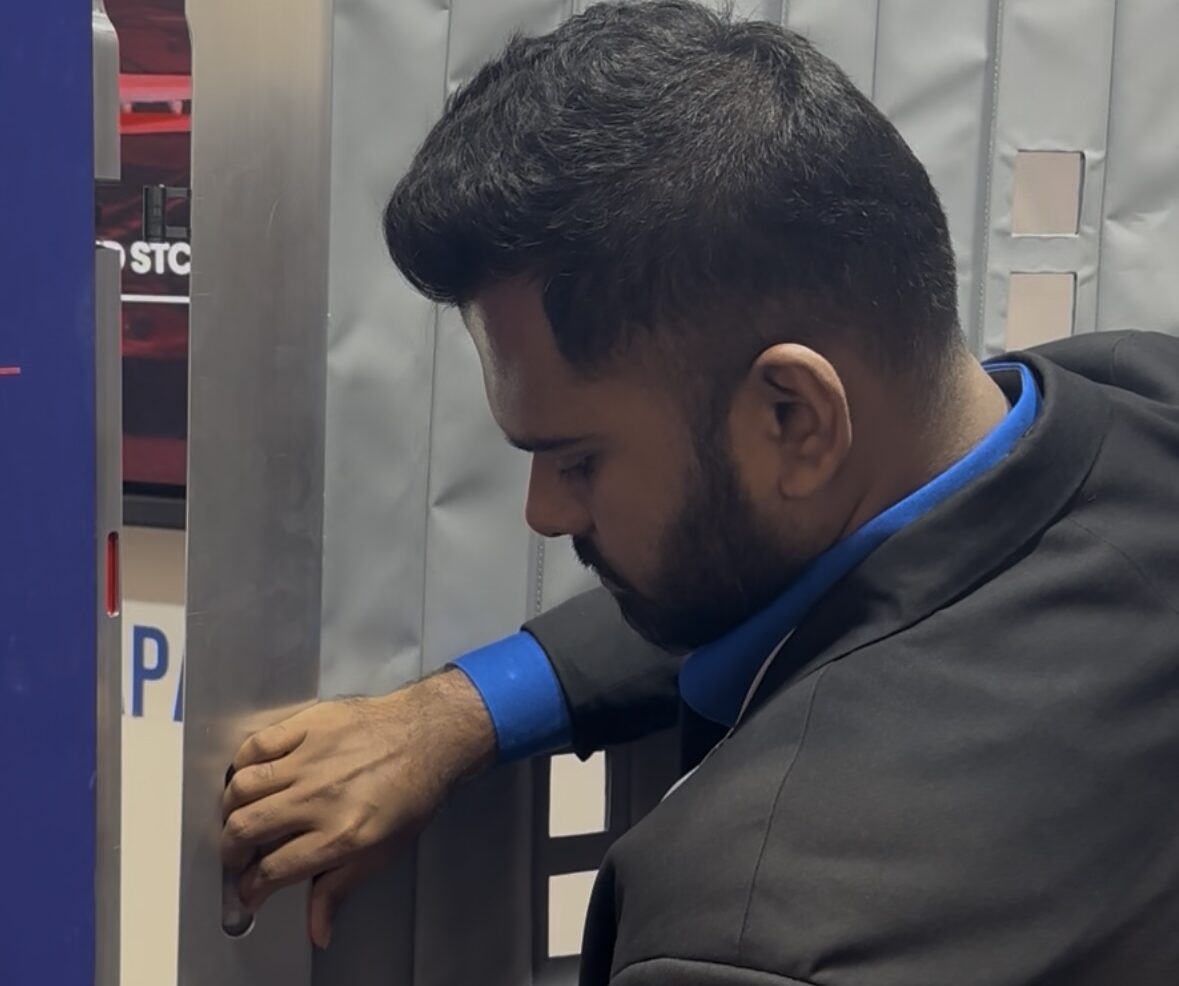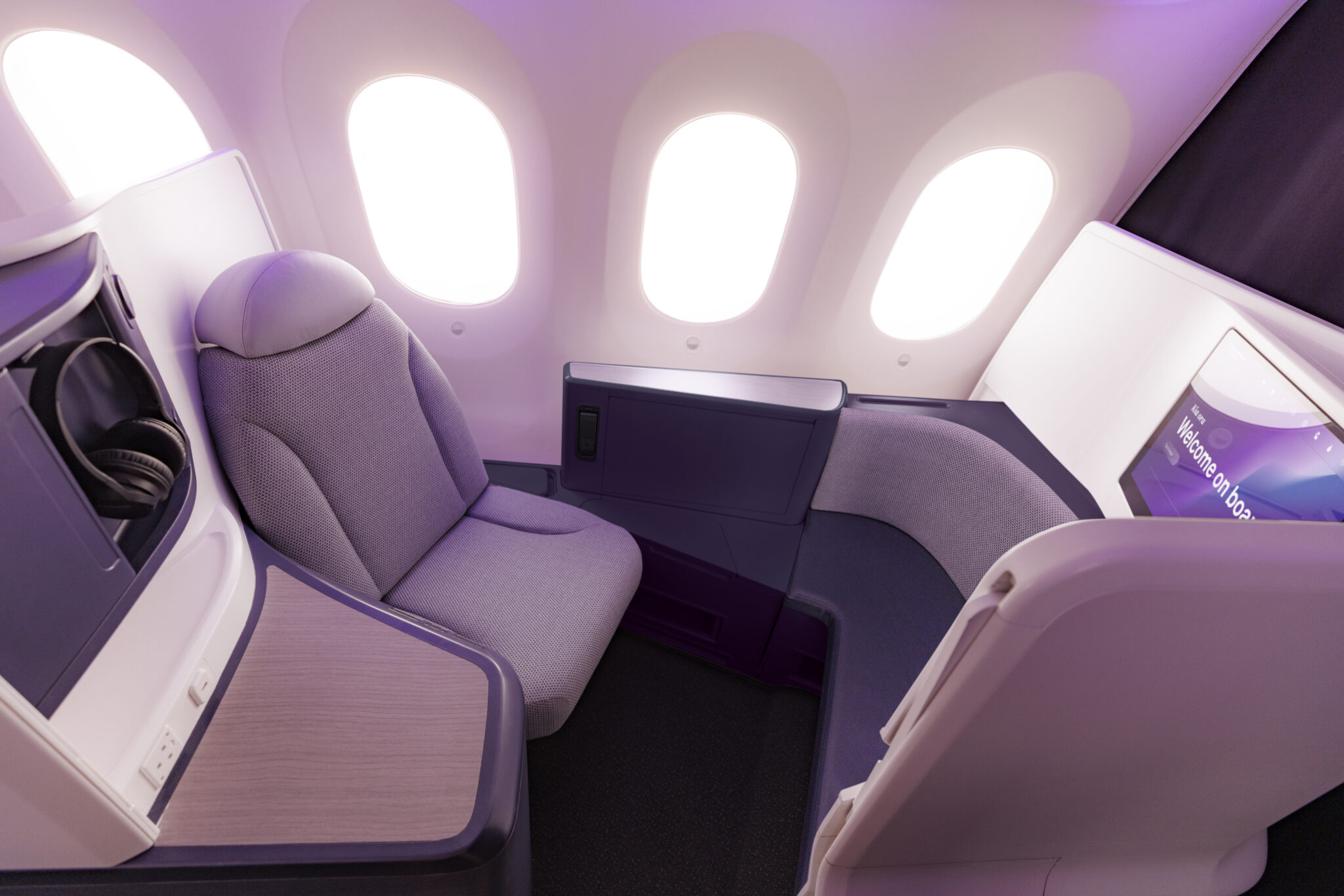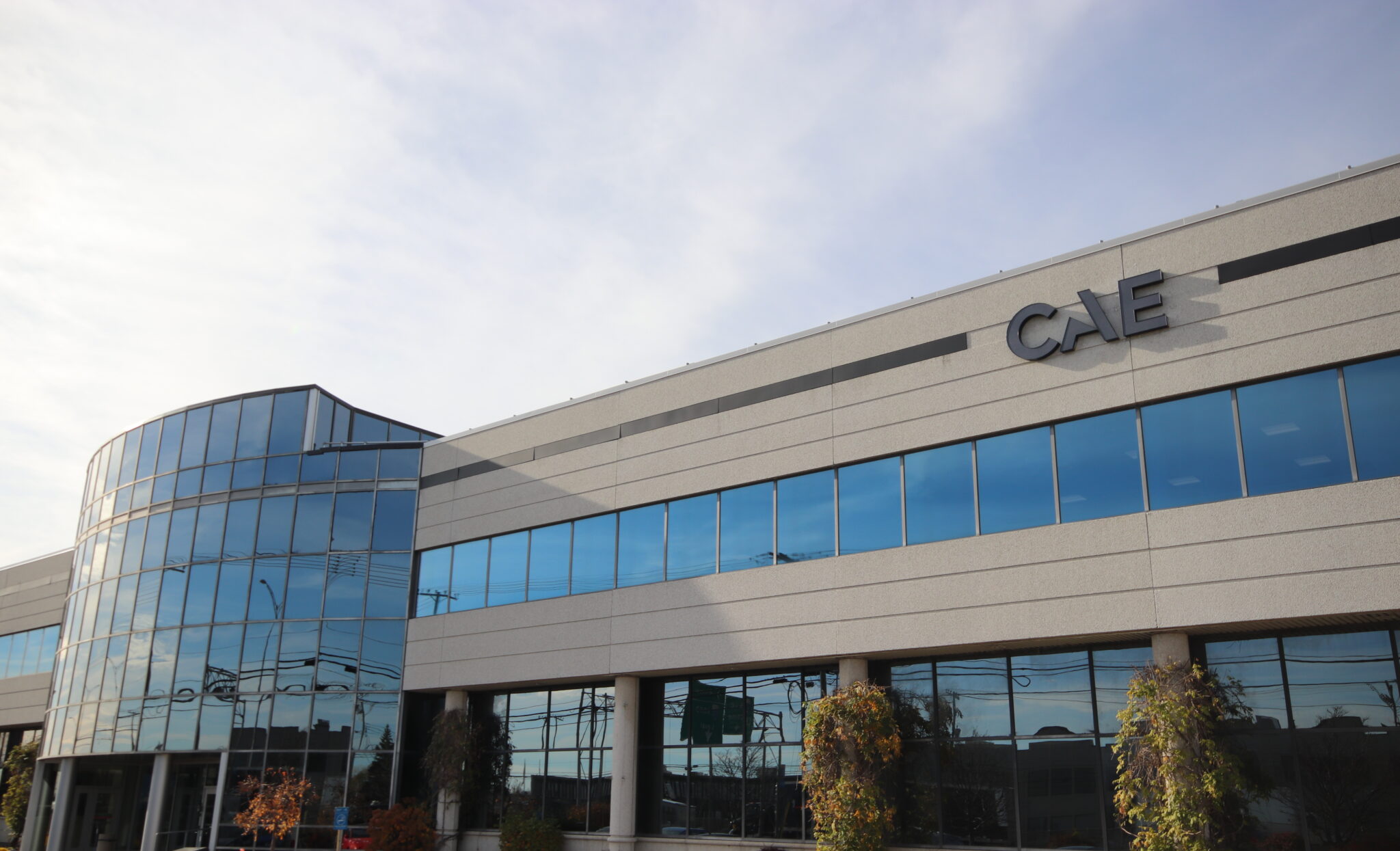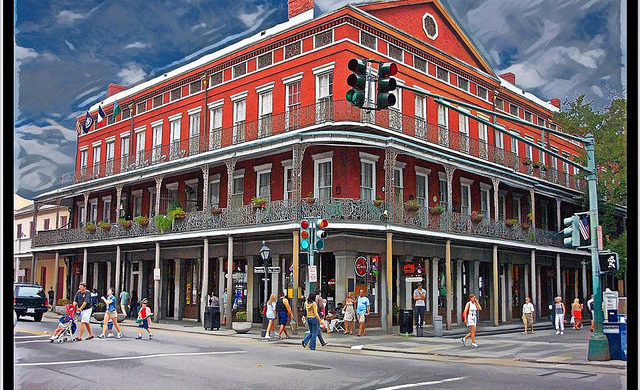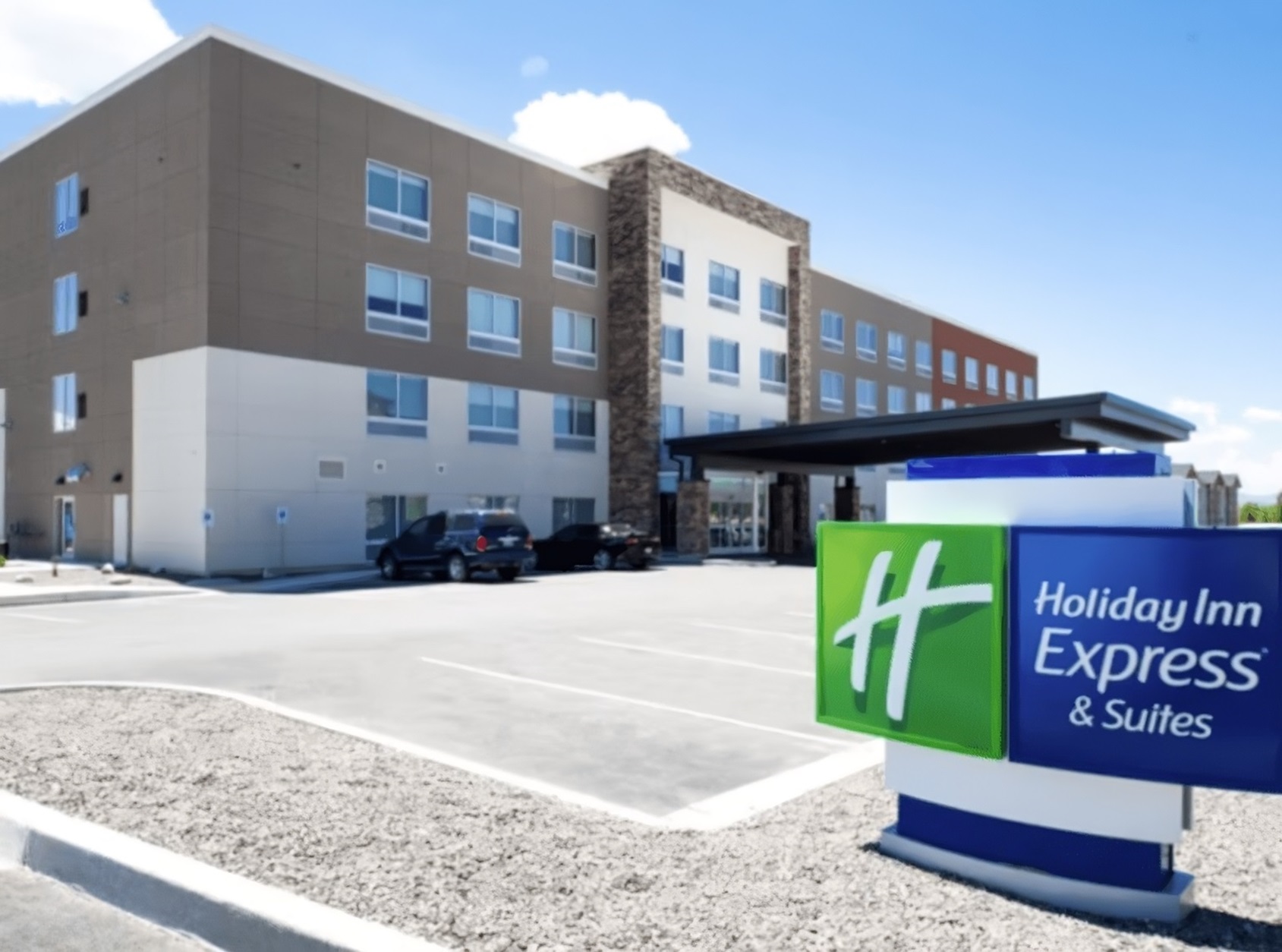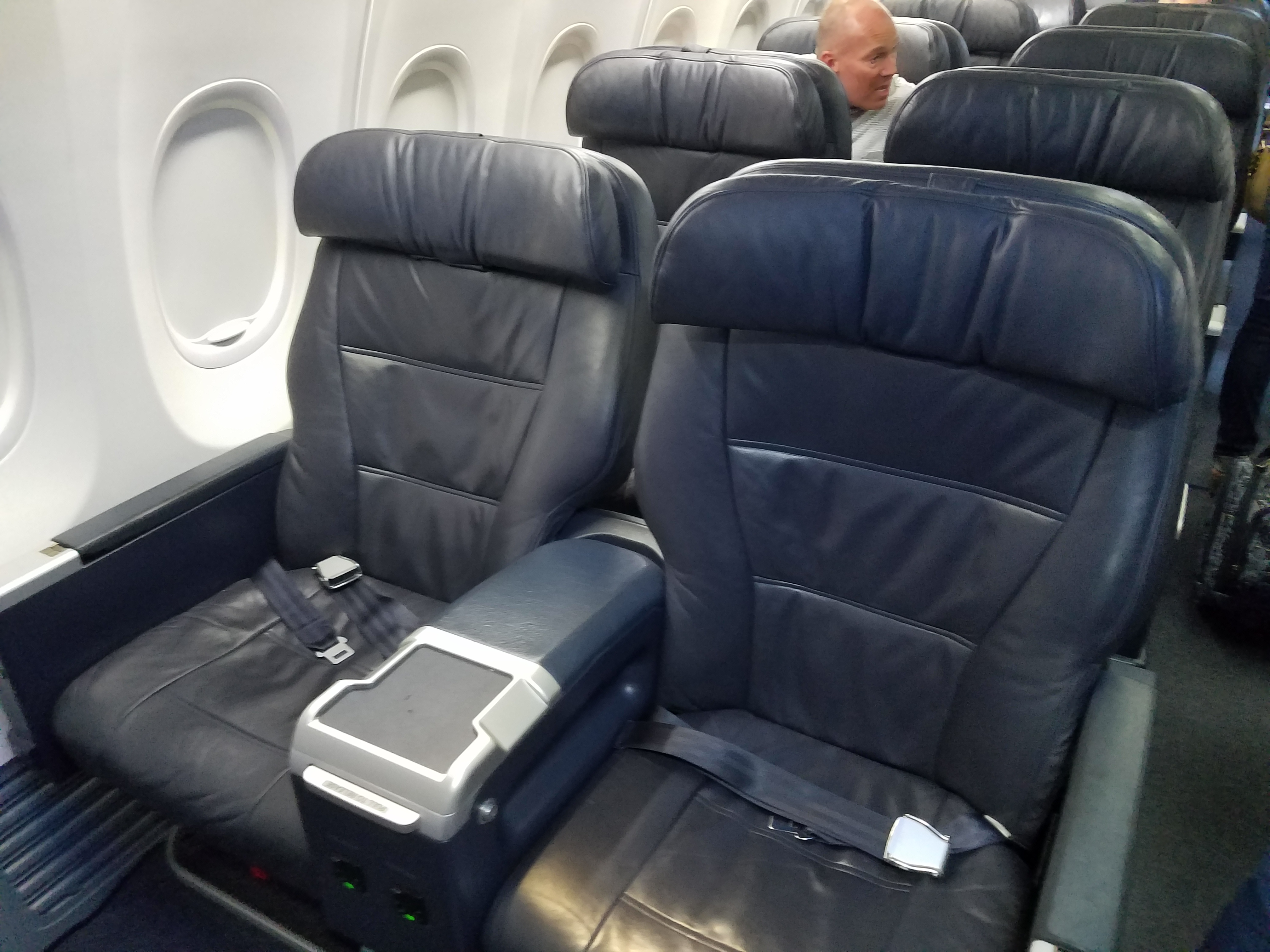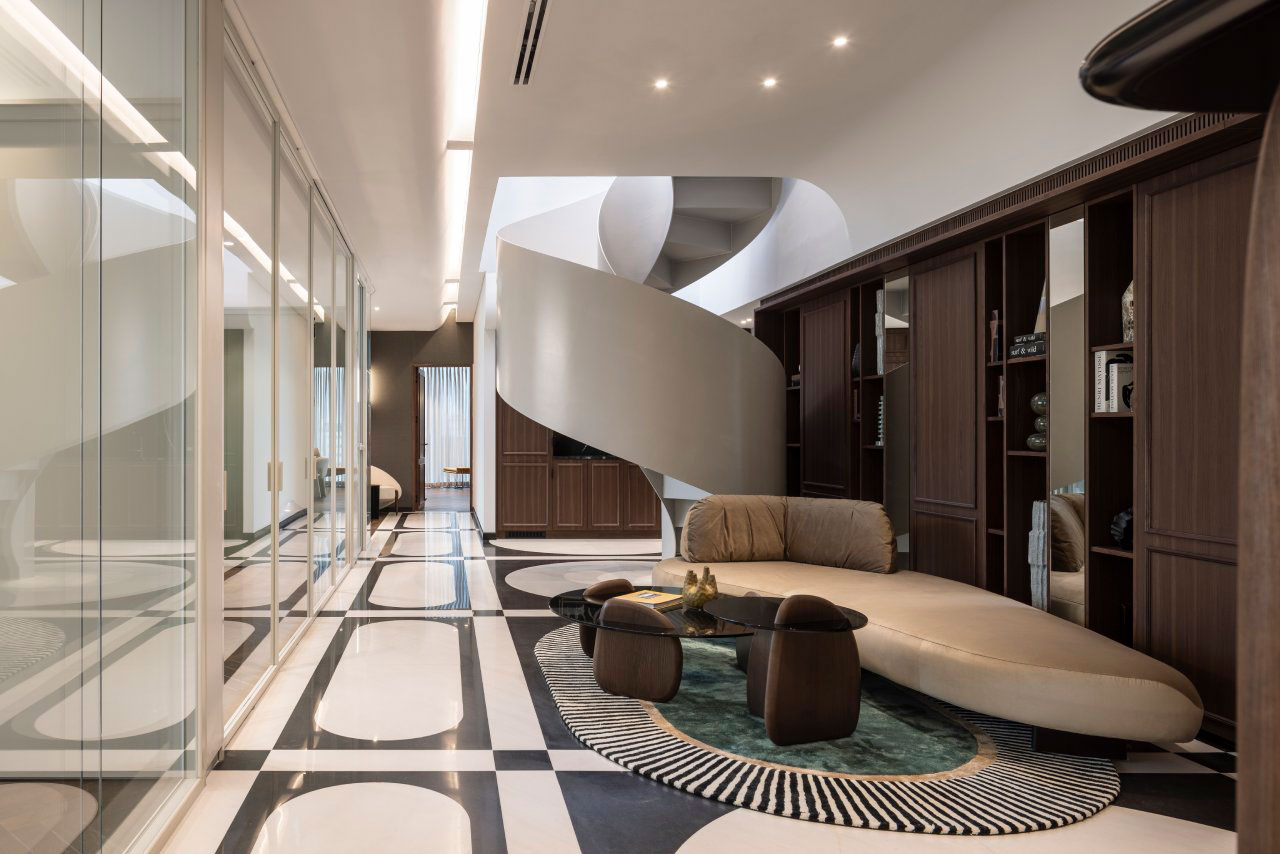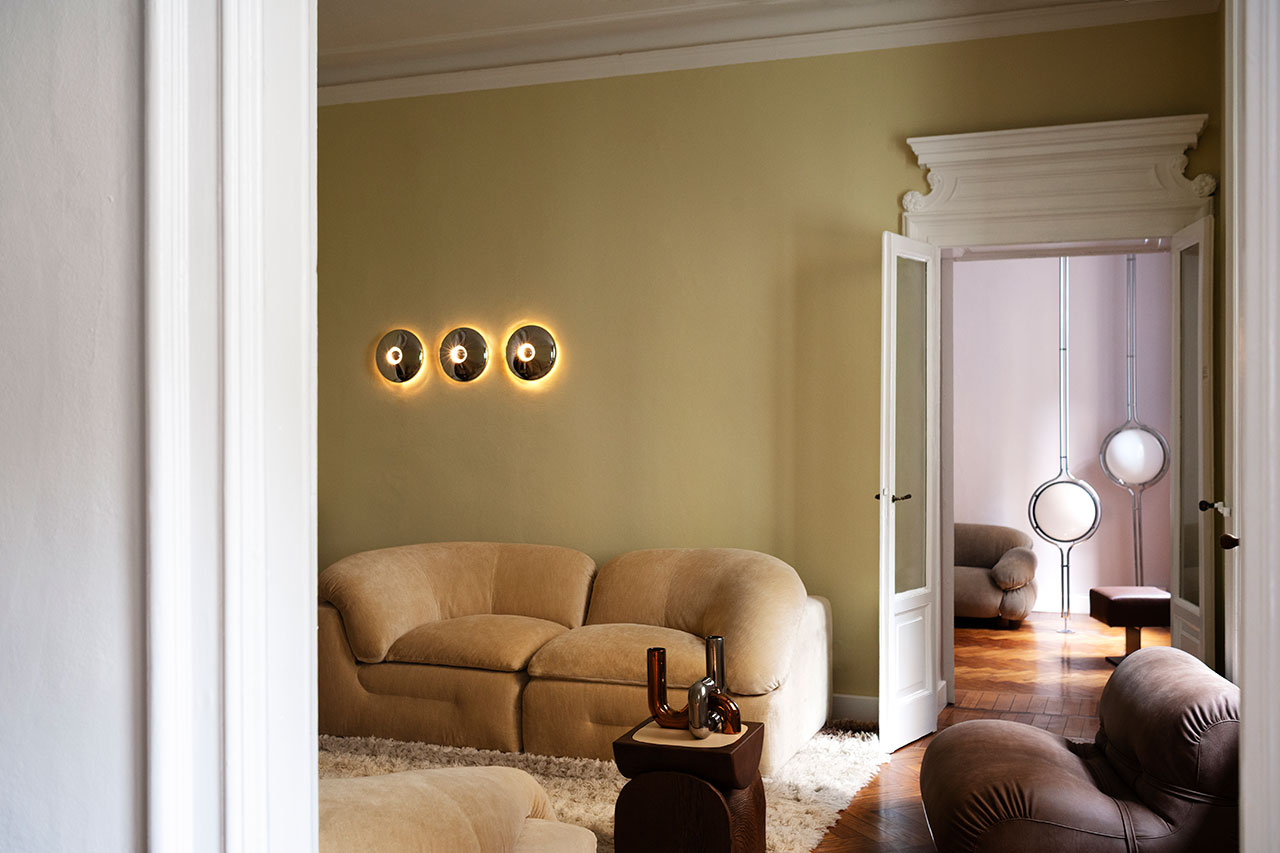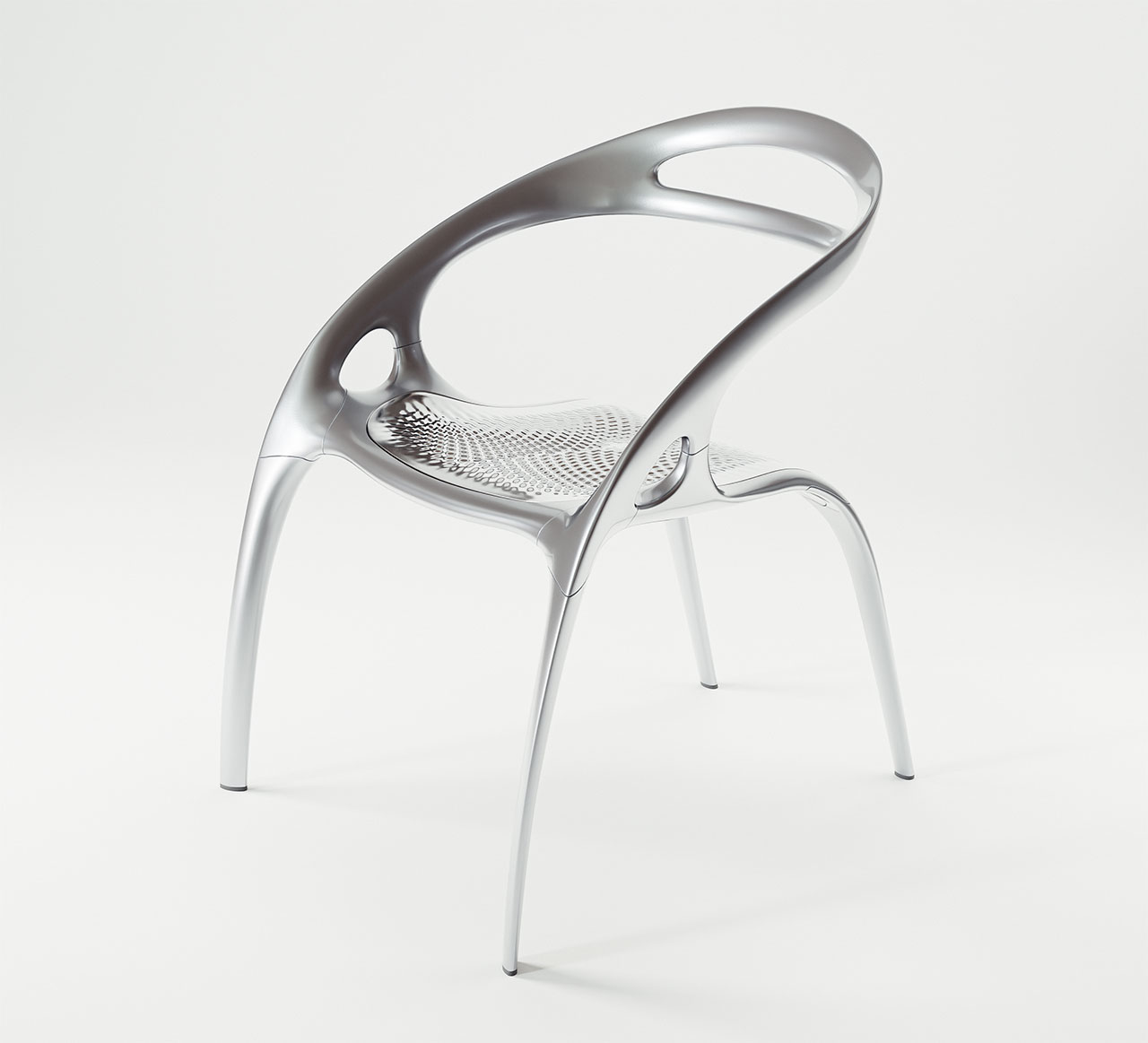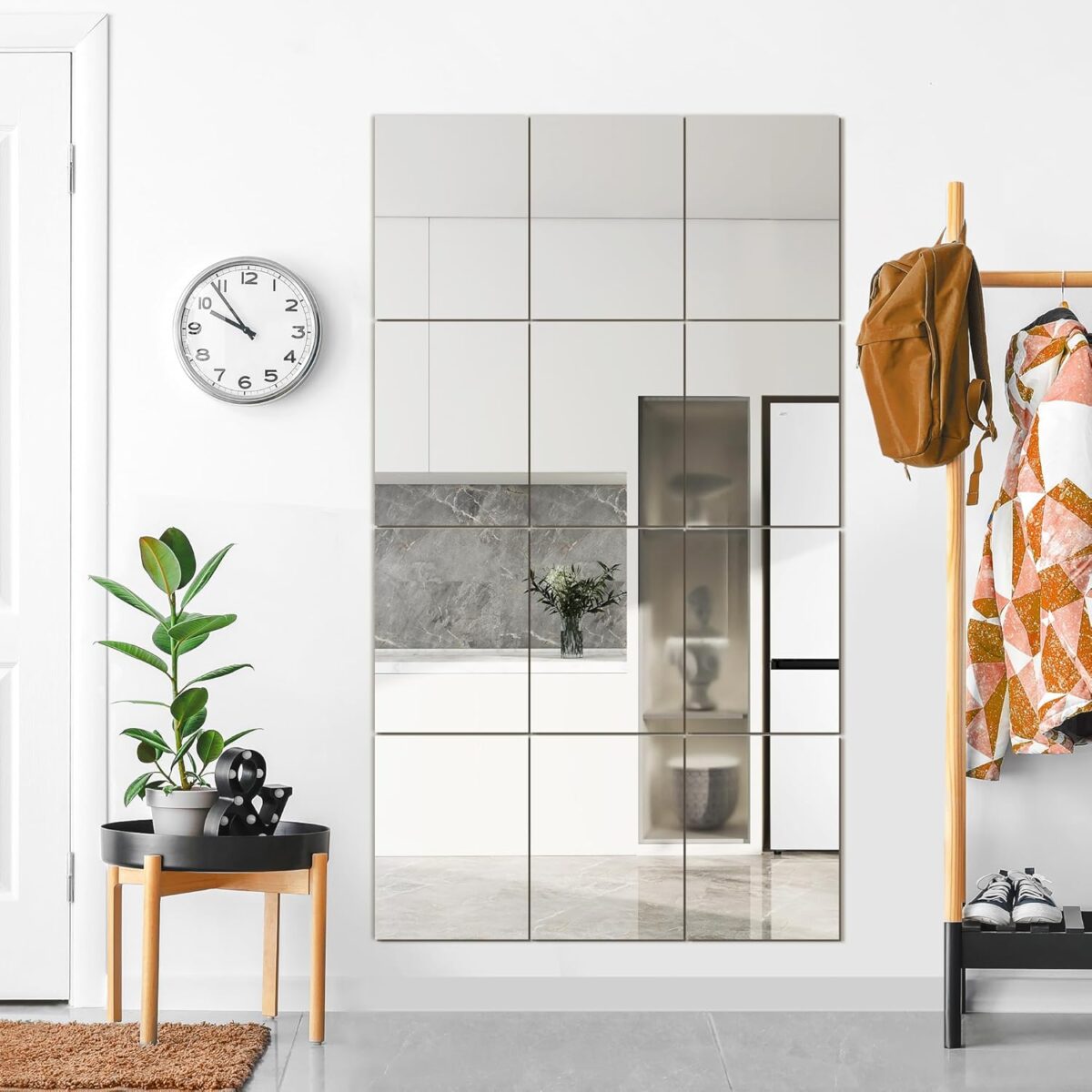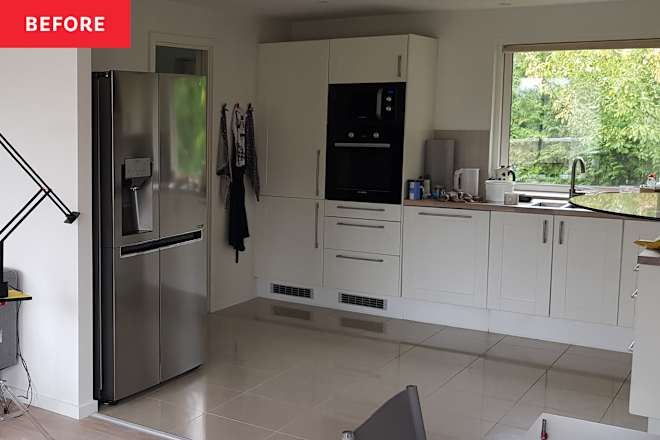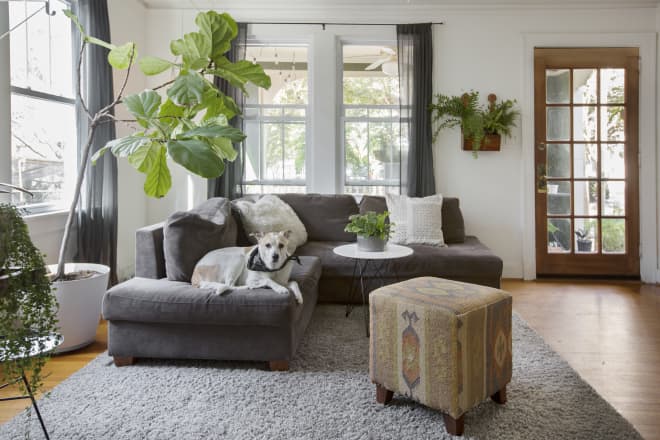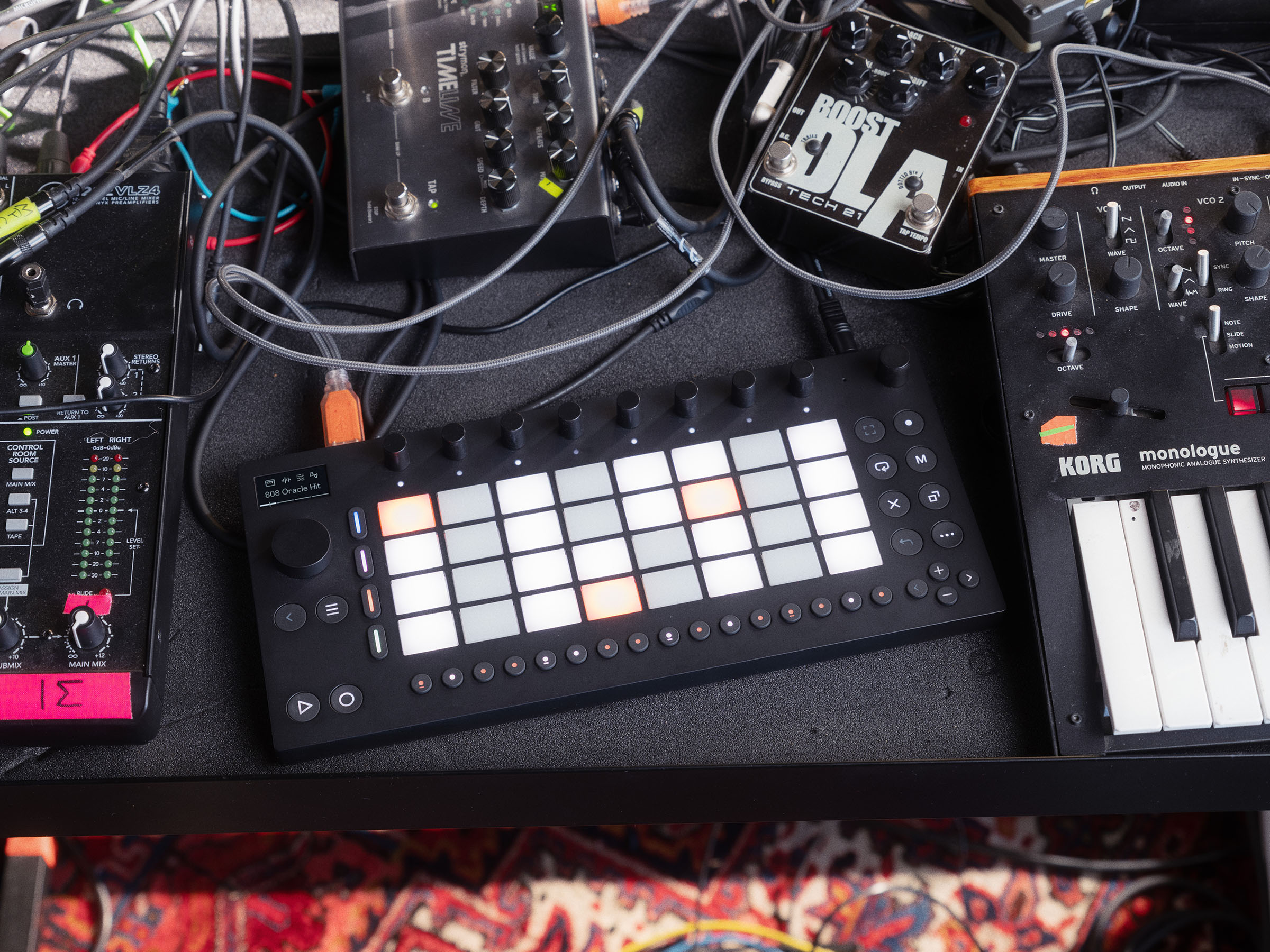Addressing the space squeeze at Gatwick – Episode 2 of an interview series with Airport Dimensions
The Moodie Davitt Report, in association with Airport Dimensions, features the latest in a new podcast & video series under the title ‘Explore the Experience Era’. This time we speak to London Gatwick Airport Chief Commercial Officer Jonathan Pollard.

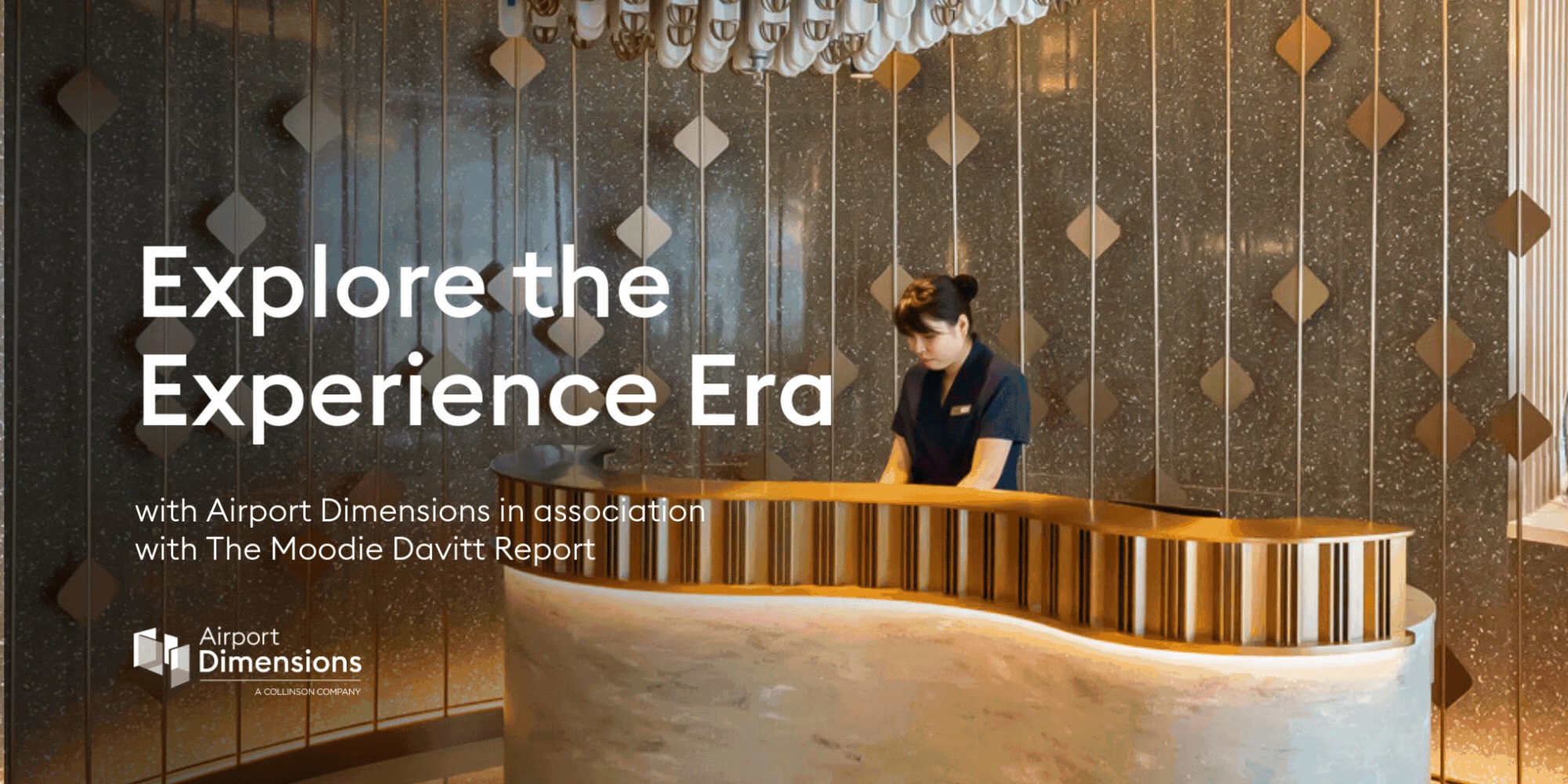
UK. “Space squeeze is a real topic for Gatwick to navigate. Many people will know Gatwick and its reputation for being the busiest single-runway airport in the world. So it is fantastic from the point of view of productivity but it also means we have an increasingly constrained environment.”
That’s how London Gatwick Airport Chief Commercial Officer Jonathan Pollard explained the challenge of space in a recent video & podcast interview with The Moodie Davitt Report and Airport Dimensions, part of a new series titled ‘Explore the Experience Era’. The interview below is archived and searchable via The Moodie Davitt Report website.
Addressing the airport team’s focus on alleviating space pressure, Pollard added: “You have to make the best use of the space you have, while communicating the full breadth of the offer to the passenger. And if we can improve the passenger potential for participation in the offer, by definition we’ll achieve a better distribution of people across the space.
“Rather than have hot spots with a lot of people congregating, and then seeing an erosion of sales per pax, instead the focus is on how we better distribute people across the full space footprint, and they can have a better, more enjoyable experience as a consequence.”
Click on the video above (or the podcast below) to access the second episode of our series, Explore the Experience Era
How the category offer is placed through the journey is key, as is wayfinding and provision of the right messages at the right points in the journey, he added.
Pollard noted how Gatwick has created ‘mood zones’ to cater to multiple profiles of traveller with varying needs.
“It’s fair to say that the experience at the Red Lion in Gatwick is different to Juniper or to BrewDog. We have been quite deliberate in where we have arranged the offer to provide that differentiation. Having the right allocation of different zones that aligns with our customer base will be a big focus for us.”
Flexibility too is key. Offering an example, Pollard said: “We have worked with our Vinci Airports colleagues on their ‘carousel’ concept. You take a unit with a relatively low-cost fitout and you target those brands for which there are barriers to entry into the airport market.
“By removing some of those barriers to entry, we get in more experiential brands and they are successful, they can consider the opportunity to move in on a more permanent basis.
“Equally, if the offer is not working we have not committed too much space for too much time.”
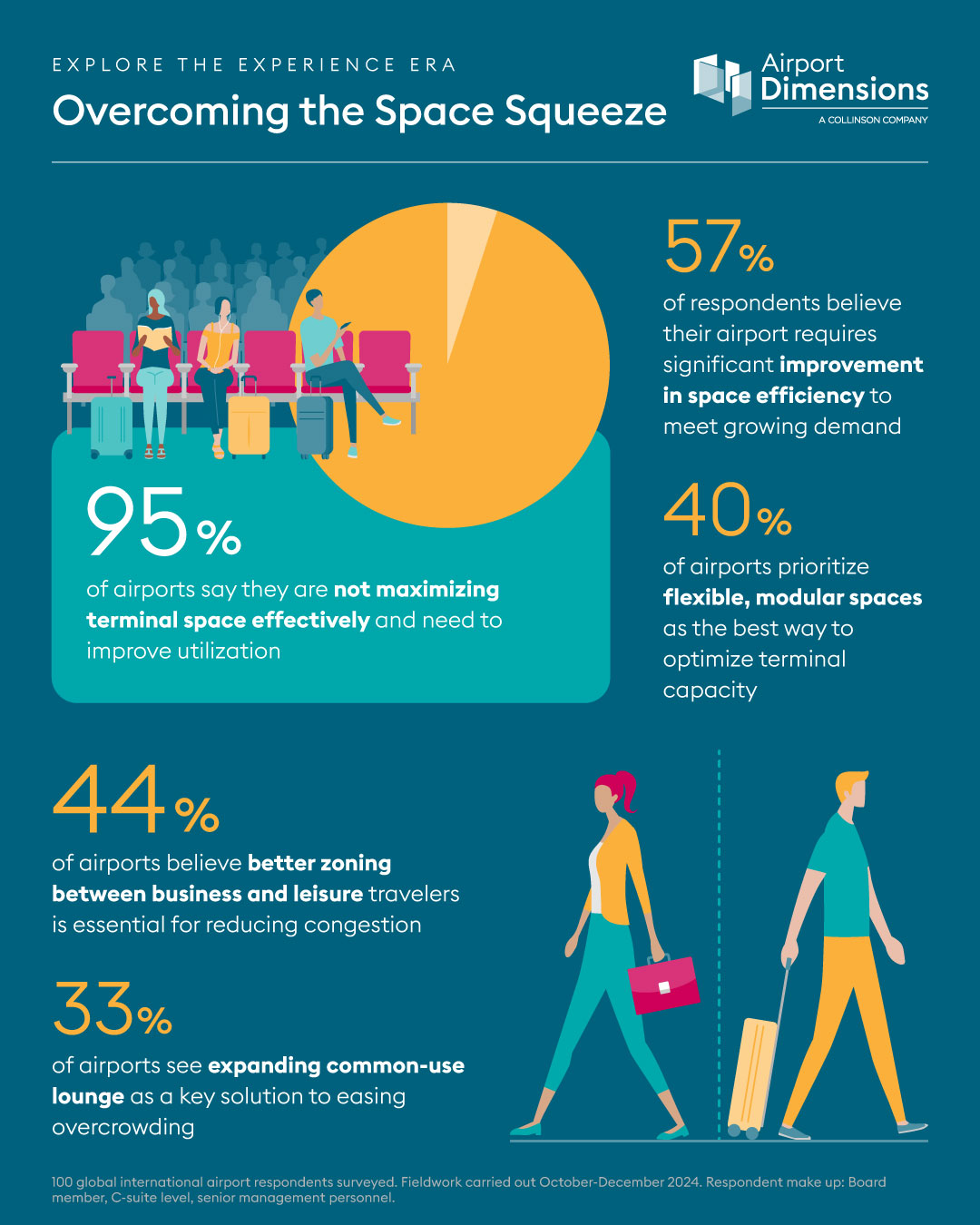
The wider strategy for Gatwick means a long-term plan to renovate both North and South terminals and add potentially around 19,000sq m of space.
Pollard said, “For starters it will give us much larger footprint in the areas where we need it, allowing more choice and more differentiation. We’re not looking to just create the same category offer that we have at the moment and simply add more of it.
“This isn’t just a Gatwick issue, but it’s one for UK airports in particular – there is a risk that you end up with a fairly standardised UK airport offer. We aim to stand out from the crowd and create differentiation, something that is unique when you go through Gatwick.
“What will be just as important as filling that space is how we make sure the existing space works alongside it, both in terms of design, look and feel, but also the orientation of that existing space.”
Avoiding ‘more of the same’ means also converging categories in places.
“Areas such as blended essentials have a clear logic,” said Pollard. “There are other examples where we are interested but more sceptical, say with the retail integrated with duty free. When a passenger looks into a unit they should understand what they are getting. You have to be careful not to lose that clarity when blending things together.”
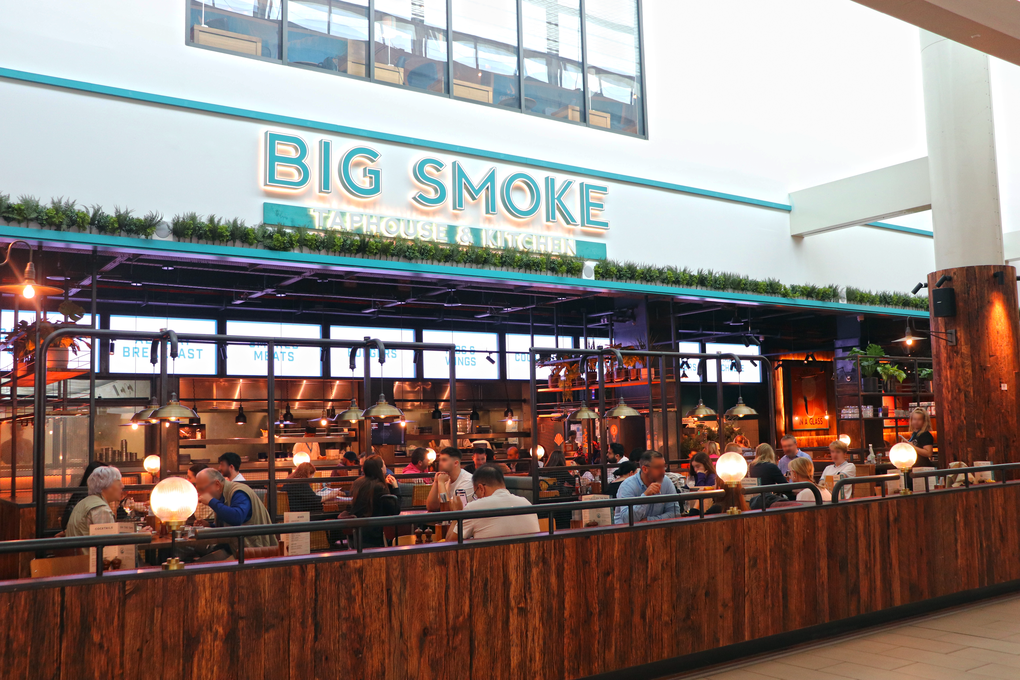
Addressing the use of digital to play a part in the journey, Pollard noted that a Gatwick survey last year highlighted how a lack of clarity or ambiguity in the airport journey was a core driver of stress and therefore dissatisfaction.
“That in turn means better information becomes a lever to drive better satisfaction. The best way to inform your passenger about every aspect of the journey is a digital travel companion that is personalised and curated for the individual.”
This also spells opportunity to guide, educate and explain, with potential benefits for the stores.
“We know that 47% of the time spent by our passengers in the departures lounge is in non-commercial spaces,” said Pollard. “And you can’t actually buy anything unless you are in the physical demise of the units. So when I look at the time spent by our passengers in, effectively, places that you cannot buy, it screams phenomenal opportunity.
“Digital as a tool for information is very important but at some point we are going to have to crack this inability to buy, irrespective of wherever you are in the departures lounge.”
Pollard also addressed use of space from the viewpoint of the independent, paid lounge opportunity.
“There is more demand for a premium lounge service. We have a reasonably well differentiated hierarchy of lounge products, but we are also looking at whether our most premium offer is premium enough. Put another way, is the premium offer of 2010 fit for the premium expectation of 2025?
“We have to strike that sweet spot of creating the right level of differentiation for our broad customer audience but not over-allocating space either.
“One of the downsides of premium is that those who go there probably want more space per person. So there’s a conflict between having space constraints and also wanting to provide a more premium offer where you support fewer passengers within that space.
“Equally, there are aspects of the airport experience that we don’t have that would be more reflective of the major airport we are. An arrivals lounge is one good example.”
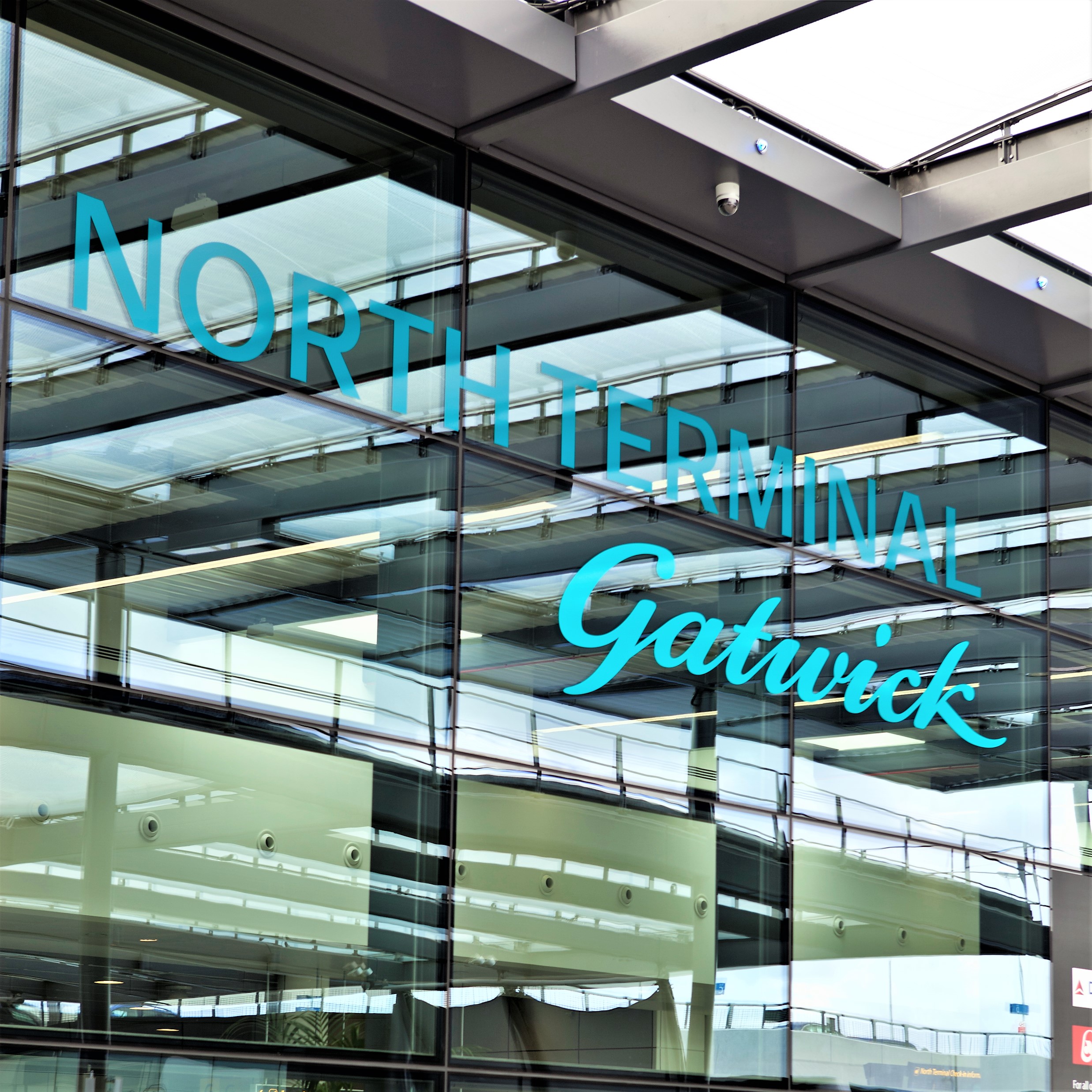
On managing space constraints short term, Pollard said that, like other airports, Gatwick is emphasising the service need that food & beverage represents, and acting accordingly.
“We are transitioning some of our fashion space to F&B although I see this more as a required reallocation of space across what have become larger and smaller categories.
“Where we are also looking is at bolstering our commercial offer in the piers where we have more opportunity. Beyond that we are becoming more expansive in terms of our pop-up offering. Done well, these are fantastic extensions to the range that don’t take up much space.
“So those are considerations we are navigating in the interim, because we are going to be space-constrained for some time still.”
*Click here for the first interview in the Explore the Experience Era series, with Bangalore International Airport Ltd Vice President Commercial Development Pravat Paikray. 




![New ‘Anniversary Edition’ Announced for ‘Darkest Dungeon II’ for Switch, PS5 [Trailer]](https://bloody-disgusting.com/wp-content/uploads/2025/05/darkestdungeon2.jpg)

















































![Hollow Rendition [on SLEEPY HOLLOW]](https://jonathanrosenbaum.net/wp-content/uploads/2010/03/sleepy-hollow32.jpg)
![It All Adds Up [FOUR CORNERS]](https://jonathanrosenbaum.net/wp-content/uploads/2010/08/fourcorners.jpg)



















